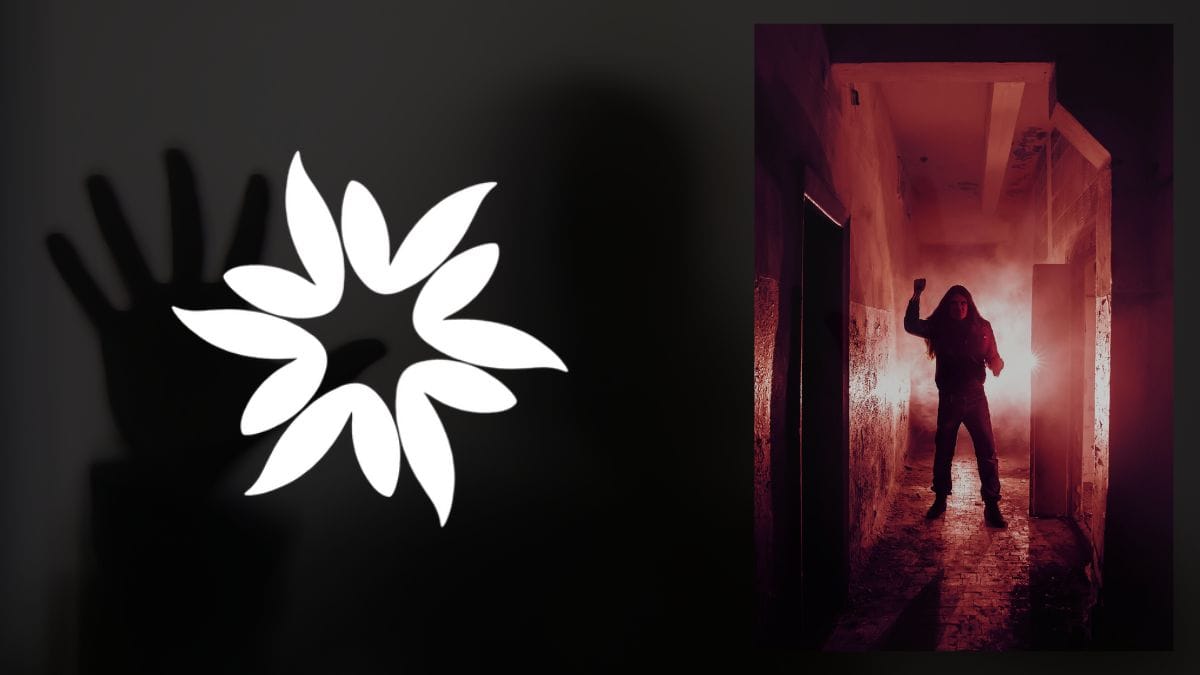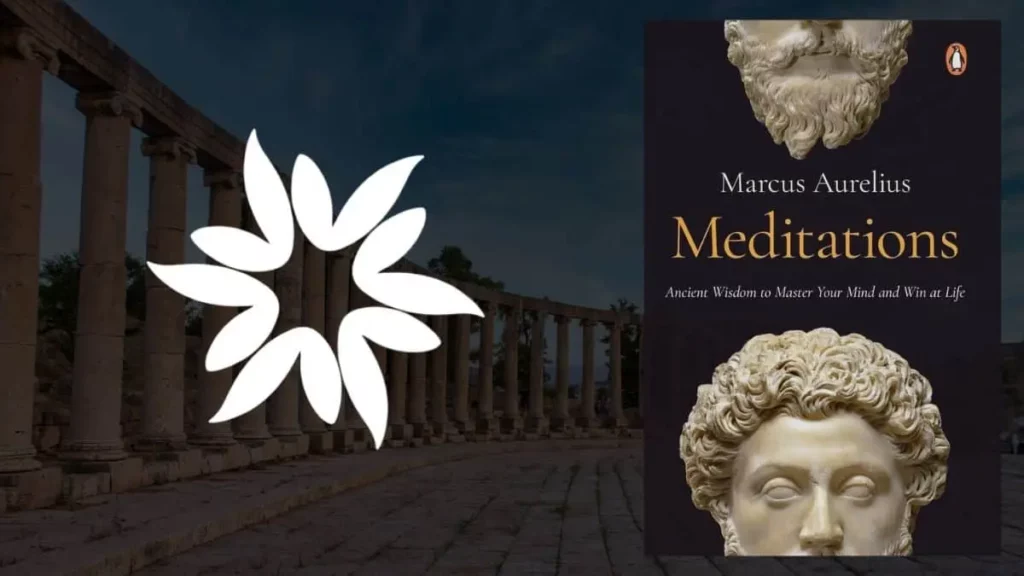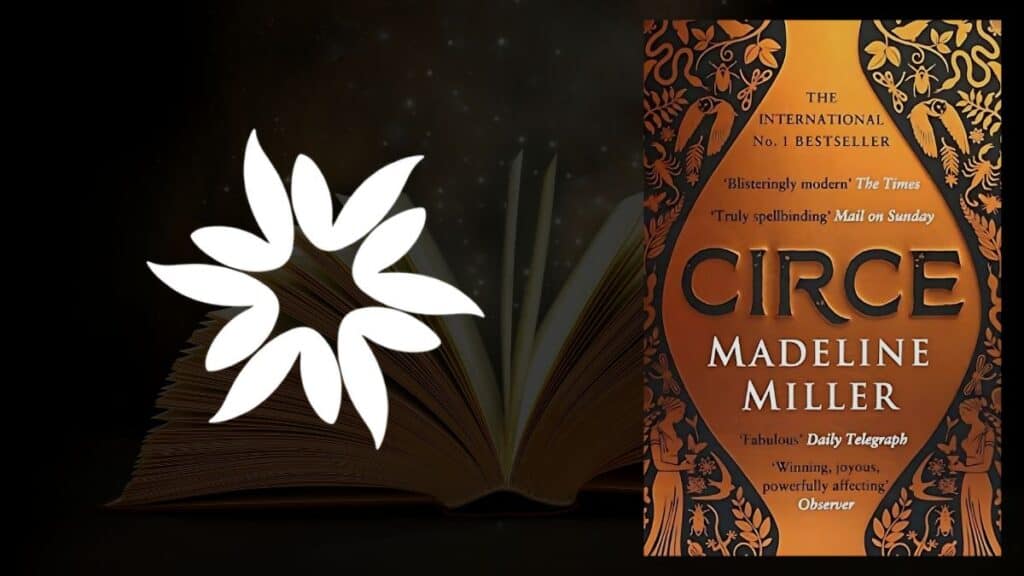Explore the thrilling world of thrillers, from its early cinematic roots to the suspenseful masterpieces of Alfred Hitchcock.
Discover key themes, characters, and the genre’s impact on literature and film.
Key Takeaways
- Thrillers are defined by their ability to elicit suspenseful excitement, encompassing various subgenres such as crime, horror, and spy thrillers.
- Key characteristics include suspense, diverse characters, and engaging themes ranging from psychological intrigue to science fiction.
- The history of thrillers traces back to ancient epics, evolving through literature and cinema to include modern narratives filled with tension and intrigue.
What Makes a Thriller Thrill?
Thrillers are defined by their ability to elicit suspenseful excitement. At their core, thrillers are about delivering an intense emotional experience — suspense, excitement, surprise, anticipation, and anxiety.
This genre encompasses many subgenres, including but not limited to crime, horror, detective, legal, spy, and action-adventure thrillers.
What unifies these diverse types is their aim to keep you on the edge of your seat. As James Patterson aptly put it, the thrill is what makes a thriller.
The Historical Evolution of the Thriller
The roots of the thriller genre can be traced back to German expressionist cinema, which greatly influenced directors like Hitchcock. This period was marked by films that excelled in portraying tension and fear, laying the groundwork for film noir and horror films that followed.
The early 1930s saw American cinema embracing this style, producing legendary horror movies like “Dracula” and “Frankenstein.” These films often utilized exotic, antiquated settings, though later works began placing horror elements in more contemporary contexts.
Alfred Hitchcock, often hailed as the quintessential thriller director, began his foray into thrillers in the mid-1930s with spy films. His work is renowned for introducing elements like the double chase and the placement of sinister activities in mundane settings.
Hitchcock’s mastery over suspense and psychological crime thrillers continued to evolve, leading to a series of masterpieces in the mid-1950s, such as “Rear Window” and “Psycho.”
These films are remarkable for their innovative use of identification and point of view, challenging the audience’s stability and eliciting complex responses.
Characters and Themes in Thrillers
Thrillers often feature a broad spectrum of characters, including criminals, detectives, innocent victims, and more, set against themes of crime, mystery, psychological intrigue, science fiction, horror, and paranoia.
These elements are skillfully woven into the narrative to explore complex interactions and moral dilemmas.
Story and Setting in a Thriller
The setting of a thriller is crucial in building the suspense and danger that characterizes the genre. Thrillers often occur in ordinary suburbs and cities, though they can also venture into exotic locales like deserts or the high seas.
The protagonists, often ordinary citizens thrust into danger, face villains with destructive motives, heightening the tension and stakes. The narrative tension typically arises from the characters being caught in seemingly inescapable situations, contributing to the genre’s intense and gripping nature.
The Future of the Thriller Genre
The thriller genre has evolved significantly, from its early expressionist influences to the intricate psychological and suspense thrillers spearheaded by Alfred Hitchcock.
Its ability to engage audiences with tension, anticipation, and complex characters continues to make it a staple of literature and cinema.
Through its various subgenres, the thriller remains a testament to storytelling’s enduring appeal of suspense and mystery — modern filmmakers continue to push the genre forward in unique and societally relevant ways.








